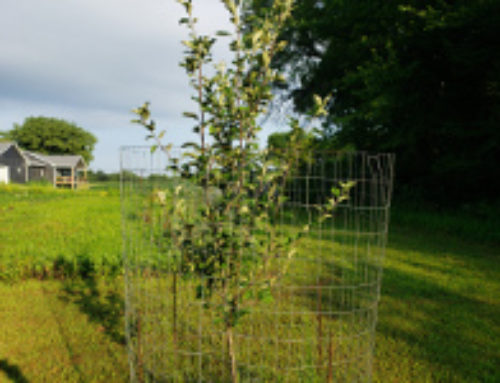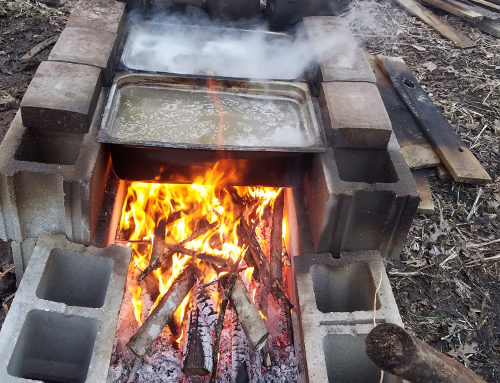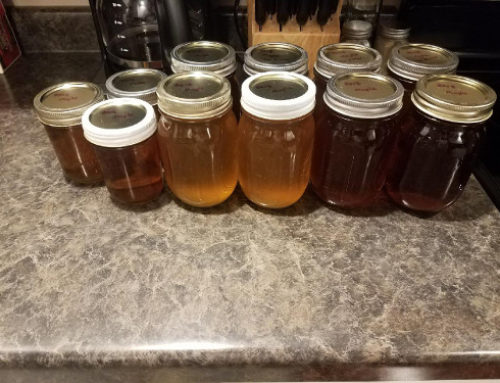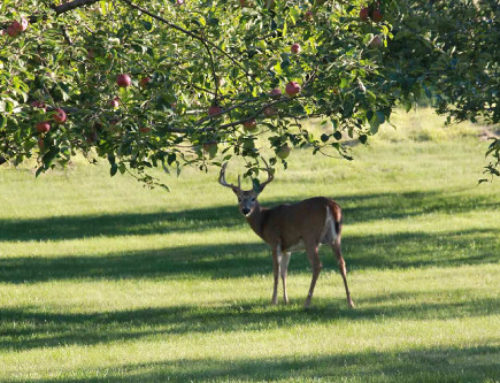Thinning Fruit From your Trees – Apples, Oranges, Peaches, Pears, Limes, Lemons
What is fruit thinning and do you need to participate in it? As a fruit-tree grower you long for producing a high quality fruit every year and fruit thinning is one aspect required in perfecting this process. The benefits of thinning fruit are; a healthier tree, a higher quality fruit, and a greater yield of edible fruit year after year.
Fruit Thinning is the process of removing flowers or small fruit from your trees. For dwarf trees all clusters should be thinned to one fruit or apple. Semi dwarfs and standard trees should have their fruit clusters thinned to at least two in a cluster.
Why Thin Fruit Trees
Fruit thinning is done for both the good of the tree and the quality of fruit. Here we have listed many of the benefits from fruit thinning.
1. To develop the largest and highest quality apple or fruit.
2. To relieve the tree from stress during dry seasons.
3. To prevent branches from getting to heavy and breaking.
4. To prevent abundant fruit one year and little to none the next.
5. To discourage early fruit drop (different then June Drop).
6. To stimulate next year’s growth (consistent crop year over year).
7. To extend the tree’s lifespan (stress due over abundant fruit)
8. To keep the tree healthy and less susceptible to diseases.
By thinning fruit off your trees early you can generate a crop that will be consistent year after year, something we call level loading.
When To Thin The Fruit On Your Apple Trees
When thinning fruit from your trees you want to wait until the early summer drop (June Drop). In the Mid-West this occurs between June and early July and for the Southern States in May. The June drop is Nature’s way of thinning fruit trees, but this process can be manually enhanced. So watch for the drop, then inspect the tree branches to determine if further thinning is required. If more fruit needs removed begin your thinning, taking into account sunlight and distance as we will discuss later.
Note; If you had an abundant apple crop last year you did not thin your tree enough and less energy went into this year’s bud development. So this year thin less and start the process of consistent (level loading) fruit year after year. If you had a lite crop last year then you will want to thin more this year, stimulating the tree and developing a consistent crop. Step by step picture illustration.
How To Thin Your Fruit Trees
You can thin during the budding process, but this is much more difficult to get right and does not allow you to pick the best. Therefore, unless you are a professional orchard grower do your thinning after the June Drop.
Once the June Drop has occurred start with one branch and work systematically around the tree, leaving the largest and healthiest fruit (looking for fruit that is poorly developed, insect damaged, or with scabs, and scars). For clusters, select the smallest least healthy apples and thin to one or two apples. Clusters growing under the branch remove, as these will not get the sunlight and airflow required for developing a quality apple.
To remove fruit I recommend using a pruning shear, but it can be down by hand. If you are going to remove fruit by hand pull the fruit backwards until the stem snaps cleanly off the base. Make sure you do not damage the branch spur holding the rest of the fruit in the cluster. This is also the spur that will start to develop next year’s apple buds.
When thinning a dwarf fruit tree you want to remove all but the strongest in each cluster, leaving 4 – 5 inches between each fruit. If you have thinned your cluster down to two equally sized fruit then remove the one that will get the least amount of sun exposure. If you have a semi dwarf or standard tree then you can leave two apples per cluster, however, fruit touching each other during the growing season are much more susceptible to insect damage.
Methods For Thinning Fruit Trees
These three fruit thinning methods are equally used for apples, pears, oranges, plums, peaches, and other fruit bearing trees.
1. Prune branches and open up the center of the tree, allowing sunlight and airflow to reach the remaining fruit. This also decrease the number of branches and buds on the tree. Pruning is done in November to early December or late February to early March.
2. Bud thinning is the thinning of fruit trees in early Spring once the buds have bloomed. Here you need to make sure to remove the entire bud not just the flower pedals. This process is much harder and takes longer then thinning after the June Drop.
3. Removal of the fruit itself. This is done right after Nature has done it’s thinning, called the June Drop (May if you’re in the South). Here is short video from Michigan State on fruit thinning after the June Drop.








